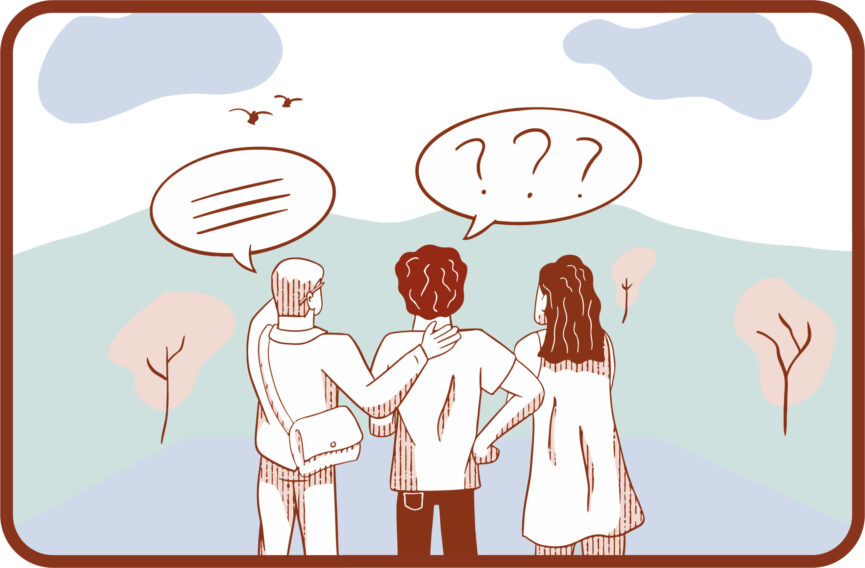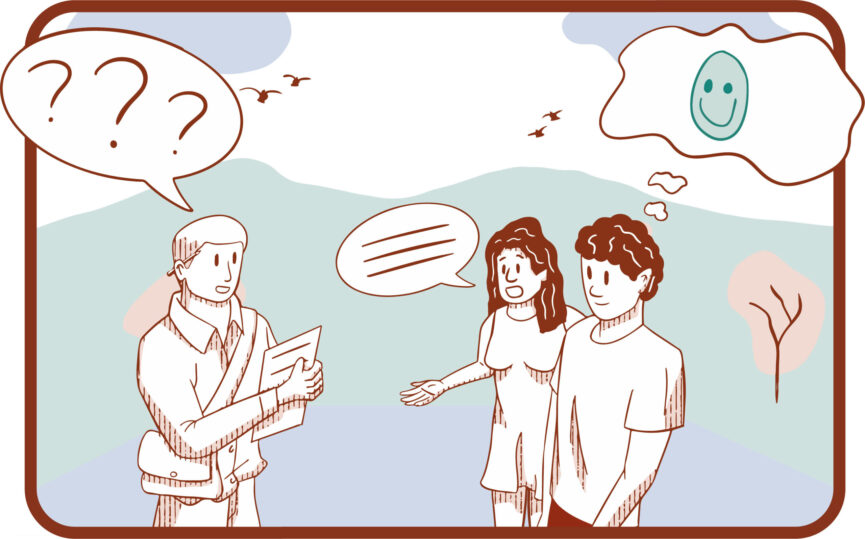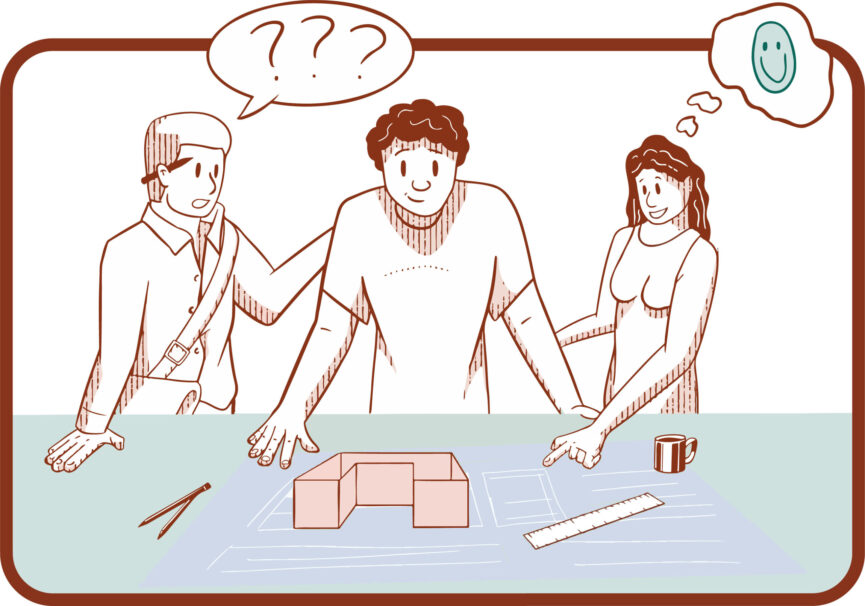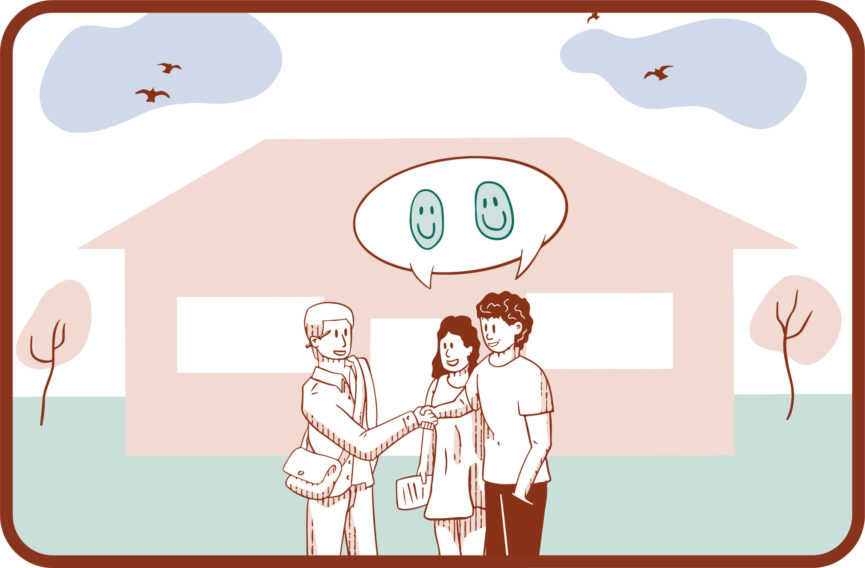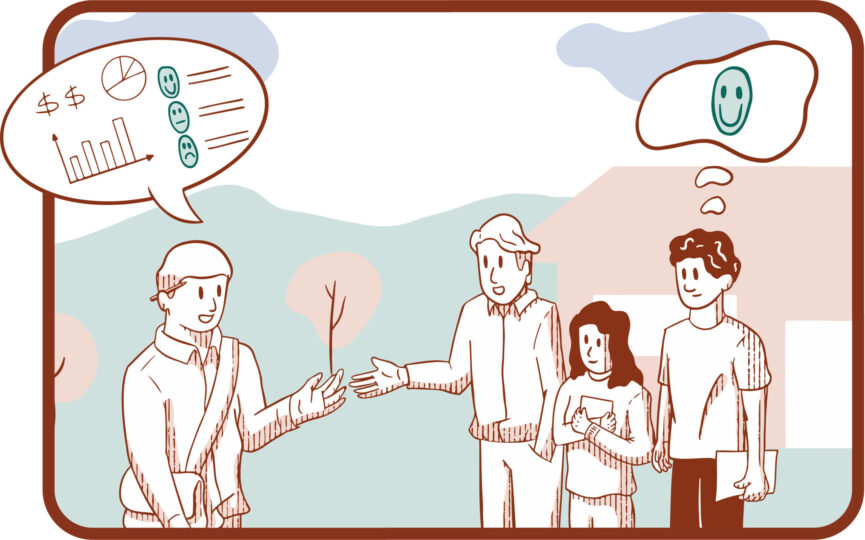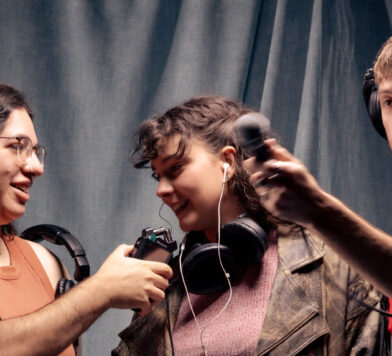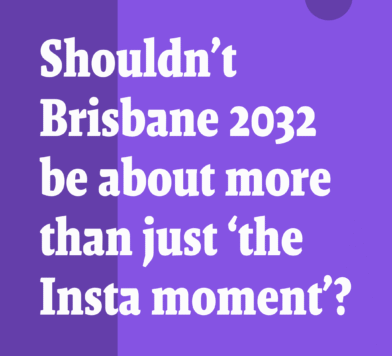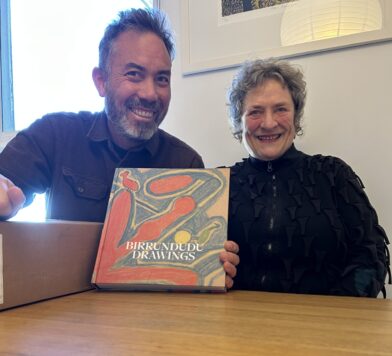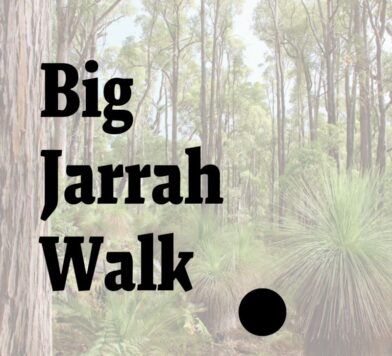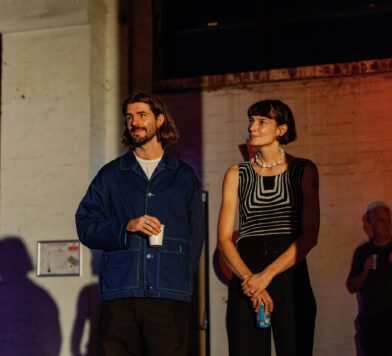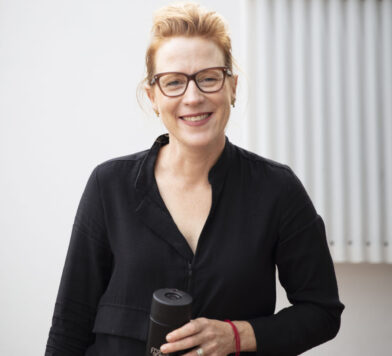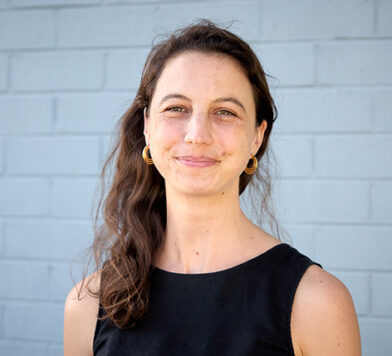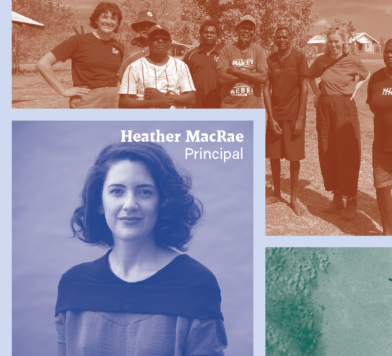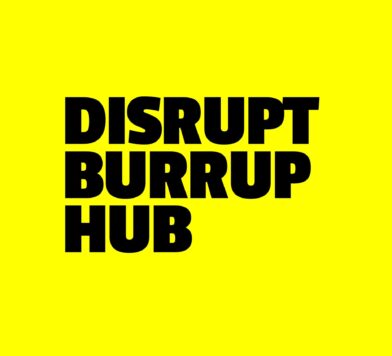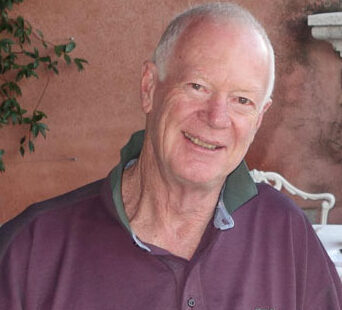P.O.V
-
-
News
Embedding Social Value in our Built Environment
By Nick Juniper and Emma Williamson
Last year, we began researching new and innovative ways that organisations around the world were assessing built environment projects that address complex social issues.
Women’s Property Initiatives (WPI) in Melbourne deliver inspiring work housing approximately 200 women and children. They use a financial model that allows each tenant to pay no more than 30% of their income in rent. By capping the rent in this way tenants can manage their income beyond survival to include broader opportunities such as study.
Although the WPI team could see their approach was working they did not have tangible metrics to prove their case. So, in 2014, WPI commissioned a Social Return on Investment (SROI) evaluation to quantify the impact of their work using the framework set out by Social Value UK (more on what this means later!).
The results were startling; data revealed that the social situation in most households had improved and that there was less reliance on other forms of Government support (justice, public housing and health). Most of the social value was found in an improvement to emotional wellbeing. Women reported feeling safer and more independent. Children’s lives were improved through increased stability and more positive home lives. In financial terms, the evaluation found that for every dollar invested, $11.07 of social value was created.
Creating a framework to measure impact has continued to gain traction, particularly in the social services. By taking a broader view we can see how programmes can have multiple impacts on education, health and employment in a way that has not previously been visible. This creates strong arguments for funding allocation and extends our view into long term returns.
Given the immense financial impact of built environment and capital works projects it is surprising that this method of assessment has not been adopted.

In 2018, two years after beginning our work on Groote Eylandt, the Anindilyakwa Housing Aboriginal Corporation (AHAC) was established in response to the Northern Territory Government’s Local Decision Making Agreement. This new agreement created a pathway for the community to lead decisions around the delivery of new housing and community infrastructure across the archipelago.
Community-led design has always been a central tenet of the way we work; on Groote it was our job to ensure that the subdivisions and houses were designed with input from the people who live there. In a typical client/architect relationship this might not seem radical – but in the context of remote Indigenous housing this was a major shift forward.
As the project developed, we became increasingly curious about the impact of this type of process on the people involved. What community benefit comes from being so deeply involved in the design process? How does an individual respond to being invited to contribute their ideas and opinions? We started to research ways that we could measure these impacts.

As architects, we are well trained to consider the economic and environmental impacts of our work. Project feasibility and business case studies set the economic parameters for a project and most architects incorporate green building standards in their work. The measurement of social impact rarely forms part of the metric to determine project success.
Over the past year we have been developing methods to communicate the benefit that good design has had on the individuals and communities with whom we’ve been working.
It’s tricky work – the links between social outcomes, financial spend and the built environment are not immediately obvious. We’ve pressed on and now see an opportunity to expand what is meant by the term ‘value for money’ to include ‘benefit to society’ or ‘social value’.
Let’s unpack what this means. Social Value International (SVI) defines social value as the quantification of the importance that people place on the changes they experience in their lives.1 It can be given a financial value and is measured through a process of consultation, analysis and evaluation. SVI have developed a Social Return on Investment (SROI) methodology that can be used to measure the social, economic and environmental outcomes of a project, whilst recognising that value will be very different to different people in different situations and cultures. 2
At TF.A, we have developed our own suite of tools and metrics to measure the impact of design work. To determine Design Value, we need to translate the intangible aspects of a design outcome – for instance, the way a building or place makes you feel – into an established financial value. Social Return on Design Investment is a system that quantifies the impact of good design and communicates change through a combination of stories and numbers. This is not typically the space of architects and so we are working with a social research consultant to design questionnaires that will enable us to quantify the value of design outcomes in a way that is both accurate and verifiable.
In 2012, the Social Value Act was introduced in the UK (by a Conservative Government no less!), requiring a consideration of social benefit to form part of the procurement process for public projects. Now, almost a decade later, the Royal Institute of British Architects (RIBA) has developed a ‘toolkit’ for the effective evidencing and measurement of the social value outcomes of good design. Here in Australia, the absence of legislation has meant that the measurement of social value has been easy to gloss over. Government investment tends to be tied to electoral cycles, with short-term outcomes prioritised over long-term impact.
The general consensus is that it’s going to take years for our economy to recover from the effects of COVID-19. It is too simplistic to think that the solution to our current crisis is a rapid-fire injection of stimulus into the construction industry. We believe that our Government’s current tactic represents a missed opportunity to reframe public spending for the better.
What we need instead is an approach that places impact on people at the forefront of public spending.
The pandemic crisis has highlighted the latent inequity in our economy. The sudden shift of workers from casual to essential has shone a light on our dependence on people whose work is typically undervalued. The crisis has also highlighted the plight of people and families living pay cheque to pay cheque, the difficulty in accessing social security and inadequate access to affordable housing. These are the issues that need to be addressed as we work towards rebuilding our economy.
It is imperative to broaden the way we measure the success of a project within the built environment. Social Value must be given equal weight to financial and environmental impact if we are to ever address the underlying inequities within society. By including this in our metrics, we can have one eye on community and one on the individual, ensuring that money spent now will serve us well in the future.
This is where the real value of design lies.
References
- https://socialvalueint.org/social-value/what-is-social-value/
- “The Guide to Social Return on Investment 2015” – The SROI Network (2015)
Useful Reading
“Maximise your Impact – A guide for Social Entrepreneurs” Social Value UK (2017)
‘Applying Social Return on Investment (SROI) to the built environment’ Kelly J. Watson & Tim Whitley (2017)
Articles / Blog

22 Oct, 2025
UP THERE (Boorloo)
By Emma Brain

21 Oct, 2025
Andrew Broffman in ArchAU
By Emma Brain

05 Aug, 2025
Birrundudu Drawings
By Emma Brain

09 Jul, 2025
B Corp Success – Again!
By Emma Brain

21 May, 2025
Raising funds to protect our forests
By Emma Brain

15 May, 2025
Vessel Contemporary
By Emma Brain

07 May, 2025
2025 National President’s Prize
By Emma Brain

08 Apr, 2025
TFA Xmas Donation
By Emma Brain

25 Mar, 2025
Christina Fogale joins TFA!
By Emma Brain

06 Feb, 2025
Promotions and Expansion at TFA!
By Emma Brain

29 Jan, 2025
TFA Donates to the Save Burrup Hub Campaign
By Emma Brain

23 Jan, 2025
Vale Richard Longley
By Emma Brain
